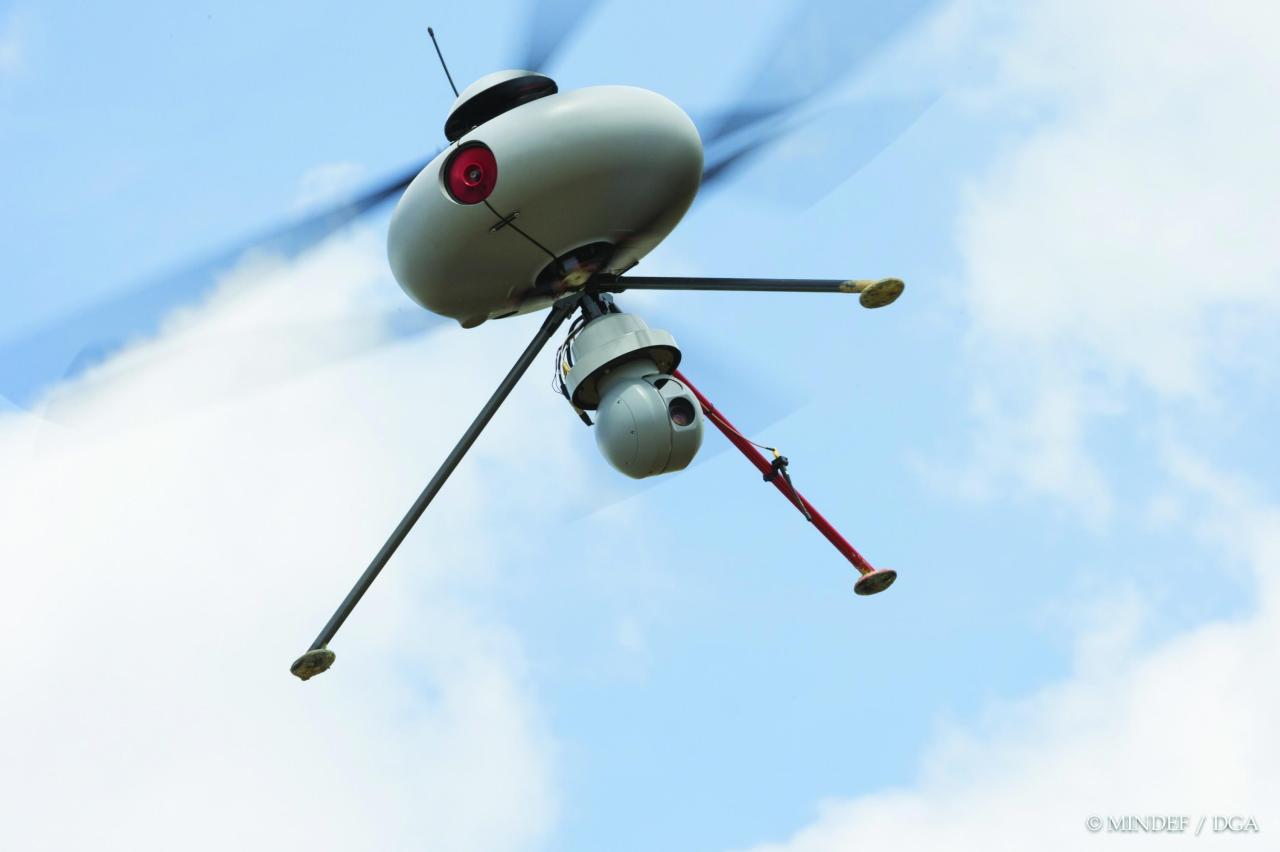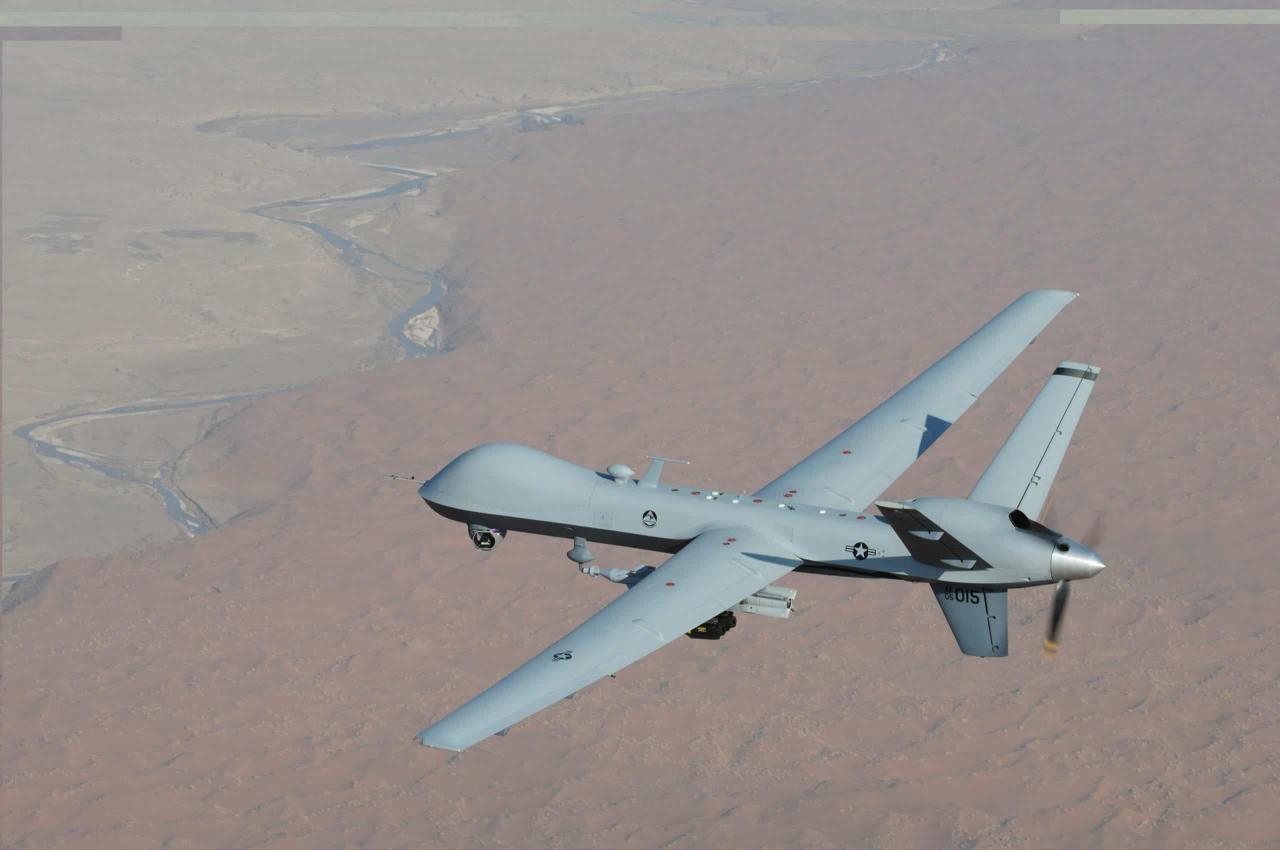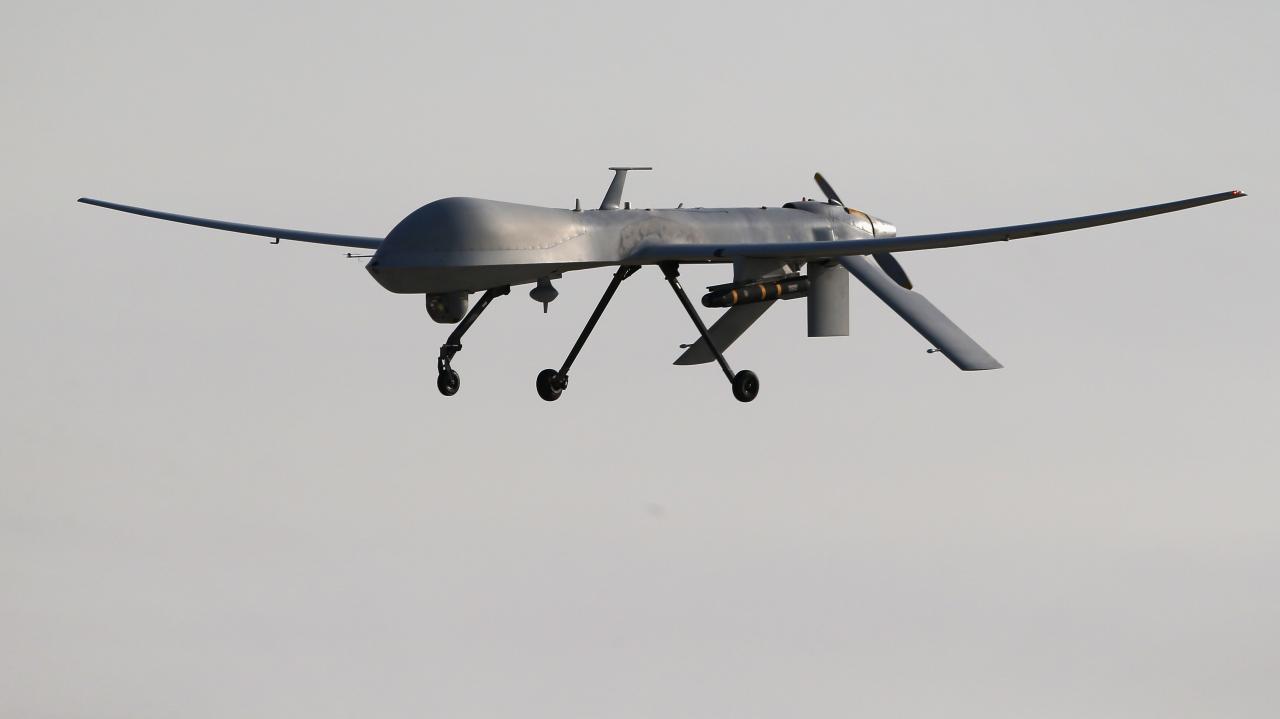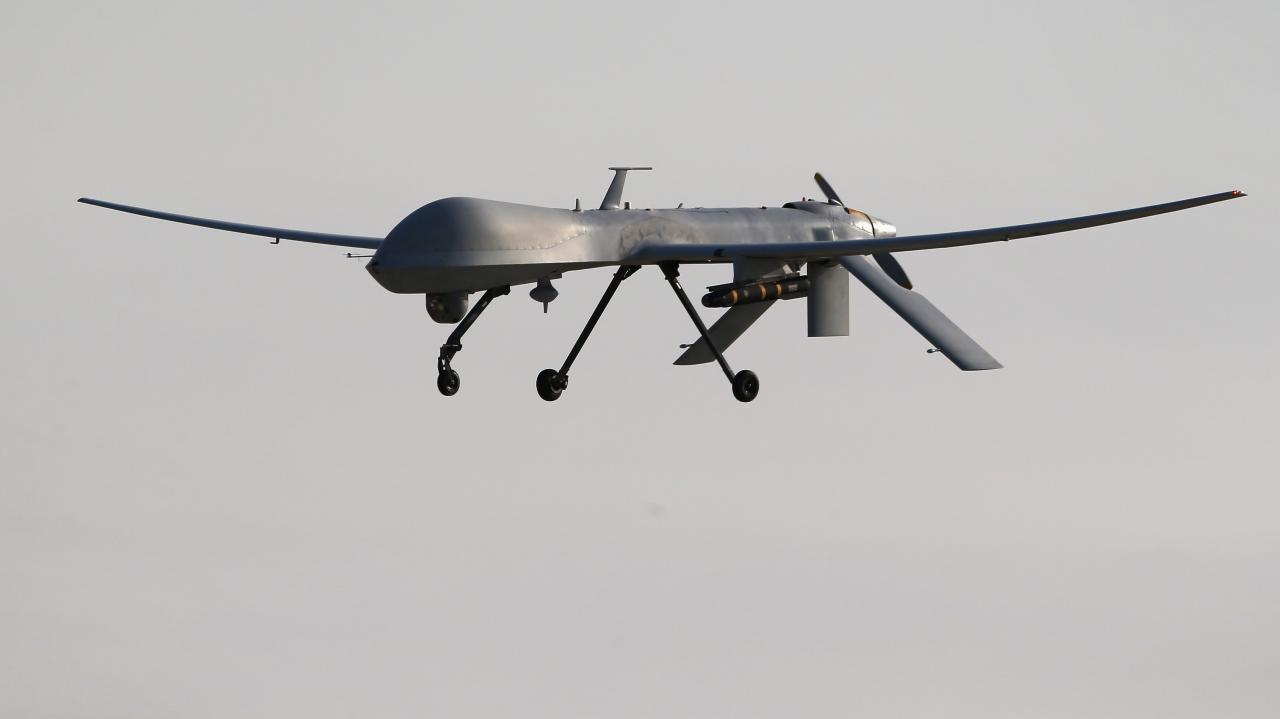Predator drones: These unmanned aerial vehicles (UAVs) have revolutionized modern warfare and surveillance, sparking intense debate about their ethical, legal, and societal implications. From their initial deployment to their current sophisticated capabilities, Predator drones represent a significant technological leap with far-reaching consequences. This exploration delves into their technological advancements, operational deployments, and the broader impact on global politics and public perception.
Predator drones, those serious military machines, are a far cry from your average DJI drone. But even the toughest tech needs a helping hand sometimes. If your DJI drone needs some TLC, check out this service for dji drone repair to get it back in the air. Knowing how to maintain your drone, whether it’s a high-tech military model or a consumer one, is key to its longevity.
We’ll examine the evolution of Predator drone technology, from its relatively simple beginnings to the advanced sensor systems and autonomous capabilities being developed today. We’ll also consider the complex ethical dilemmas surrounding their use in targeted killings and the ongoing legal battles over their deployment in various conflicts. Finally, we’ll look ahead to the future of Predator drone technology and the potential challenges and opportunities it presents.
Predator Drone Technology: A Deep Dive

Predator drones, unmanned aerial vehicles (UAVs) capable of carrying out surveillance and strike missions, have fundamentally reshaped modern warfare and intelligence gathering. Their evolution, operational deployment, legal implications, societal impact, and future potential are subjects of intense scrutiny and debate.
Technological Aspects of Predator Drones
The Predator drone’s technological journey began with the General Atomics MQ-1 Predator, a relatively simple design compared to its successors. Technological advancements have led to improved sensors, communication systems, and propulsion, resulting in enhanced capabilities and longer operational endurance. Key components include sophisticated electro-optical/infrared (EO/IR) sensors for target identification and tracking, satellite communication links for real-time data transmission, and efficient turboprop engines for extended flight times.
Predator Drone Models: A Comparison

Several Predator models exist, each with unique specifications. The MQ-1 Predator, MQ-9 Reaper, and the newer MQ-20 Avenger showcase the technological progression. The Reaper, for instance, boasts a significantly larger payload capacity and longer endurance compared to its predecessor, the MQ-1 Predator.
| Model | Range (km) | Payload (kg) | Endurance (hours) |
|---|---|---|---|
| MQ-1 Predator | 1200 | 136 | 40 |
| MQ-9 Reaper | 1850 | 1700 | 27 |
| MQ-20 Avenger | 2400 (estimated) | 2270 (estimated) | 36 (estimated) |
Predator Drone Design and Manufacturing
Designing and manufacturing a Predator drone is a complex process involving multiple engineering disciplines. This includes aerodynamic design, propulsion system integration, sensor selection and integration, software development for autonomous flight and mission control, and rigorous testing and quality control procedures. The manufacturing process involves advanced composite materials, precision machining, and sophisticated assembly techniques.
Operational Deployment and Use Cases of Predator Drones
Predator drones have been deployed in numerous conflicts and operations globally, demonstrating their versatility in diverse environments. Their effectiveness and limitations have been highlighted through various real-world case studies.
- Counterterrorism Operations: Targeted killings and surveillance in Afghanistan, Pakistan, Yemen, and Somalia.
- Reconnaissance and Surveillance: Monitoring troop movements, identifying enemy positions, and gathering intelligence in Iraq and Syria.
- Border Security: Patroling borders and detecting illegal activities along the US-Mexico border.
- Disaster Relief: Assessing damage after natural disasters, such as earthquakes and hurricanes.
- Maritime Surveillance: Monitoring shipping lanes and detecting illegal activities at sea.
Ethical Considerations of Predator Drone Use
The use of Predator drones in military operations raises significant ethical concerns. Issues surrounding civilian casualties, proportionality of force, and accountability for drone strikes are central to these debates. The roles and responsibilities of personnel involved, from pilots and sensor operators to intelligence analysts and legal advisors, require careful consideration to minimize unintended harm.
Legal and Political Ramifications of Predator Drone Use
The legal framework governing the use of Predator drones is complex and often contested. International humanitarian law, national laws, and customary international law all play a role. Different countries have varying legal frameworks and interpretations regarding the use of armed drones, leading to political controversies and legal challenges.
Societal Impact and Public Perception of Predator Drones

Predator drones have significantly impacted military strategy and doctrine, influencing intelligence gathering, target selection, and the conduct of warfare. Public perception varies greatly across countries and cultures, influenced by factors such as national security concerns, ethical considerations, and media coverage. The long-term societal consequences of widespread drone use remain a subject of ongoing debate.
Predator drones, with their advanced surveillance capabilities, need seriously powerful computers to process all that data. If you’re thinking of building your own ground station, check out this awesome pc builder resource to help spec out a system capable of handling the intense workload. Then you’ll be ready to analyze the drone’s high-resolution imagery and pinpoint targets effectively.
A visual representation of contrasting perspectives would show one side emphasizing national security and precision targeting, potentially featuring images of a drone striking a terrorist target. The opposing side would highlight civilian casualties, lack of accountability, and the erosion of privacy, possibly including images of grieving families and protest signs.
Future Developments in Predator Drone Technology
Future advancements in Predator drone technology are likely to focus on increased autonomy, enhanced intelligence capabilities, and improved sensor systems. The integration of artificial intelligence (AI) for autonomous target recognition and engagement is a significant area of development. Challenges include addressing ethical concerns related to AI-driven decision-making, ensuring system reliability, and managing potential risks associated with autonomous weapons systems.
- 2024-2026: Improved sensor integration and enhanced communication systems.
- 2027-2029: Increased autonomy in flight and limited autonomous targeting capabilities.
- 2030-2035: Widespread adoption of AI-assisted targeting and potentially fully autonomous operation for specific tasks.
Last Recap: Predator Drone
Predator drones have undeniably reshaped modern conflict and surveillance. Their technological advancements continue to push boundaries, raising complex ethical, legal, and societal questions that demand careful consideration. Understanding the multifaceted nature of these unmanned systems—from their technical specifications to their global impact—is crucial for informed discussion and responsible development in the years to come. The future of Predator drones hinges on a balance between technological innovation and ethical responsibility, ensuring that their capabilities are used judiciously and in accordance with international law and humanitarian principles.
Top FAQs
What is the lifespan of a Predator drone?
The lifespan varies depending on the model and maintenance, but generally ranges from several years to a decade or more.
How are Predator drones controlled?
They are remotely piloted by operators on the ground via satellite or other communication links.
What are the typical costs associated with a Predator drone?
The cost varies significantly depending on the model and included equipment, but can range from millions to tens of millions of dollars per unit.
What types of sensors do Predator drones typically use?
Predator drones, those unmanned aerial vehicles, are a complex topic. Thinking about their capabilities, it’s interesting to consider how their AI systems work; you might be surprised to learn that a key component is often described by a 6 letter word starting with ai. Understanding this word gives you a better grasp of the sophisticated technology behind these powerful military machines.
The ethical implications of predator drone technology are also a significant consideration.
Common sensors include electro-optical/infrared (EO/IR) cameras, synthetic aperture radar (SAR), and other specialized sensors depending on the mission.
